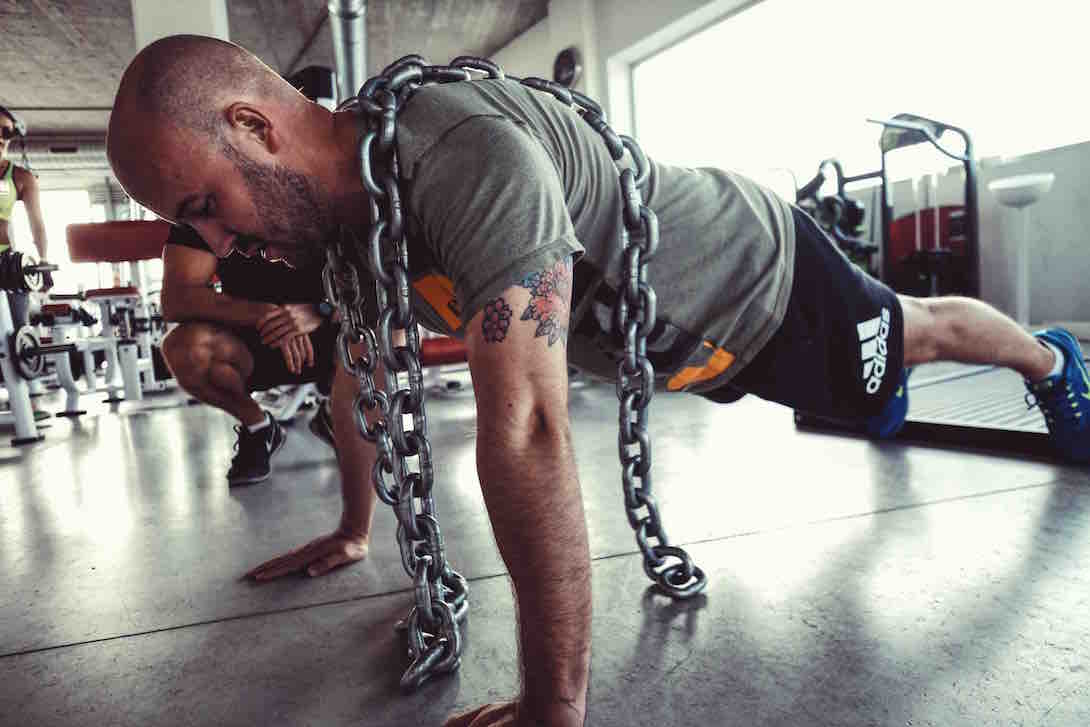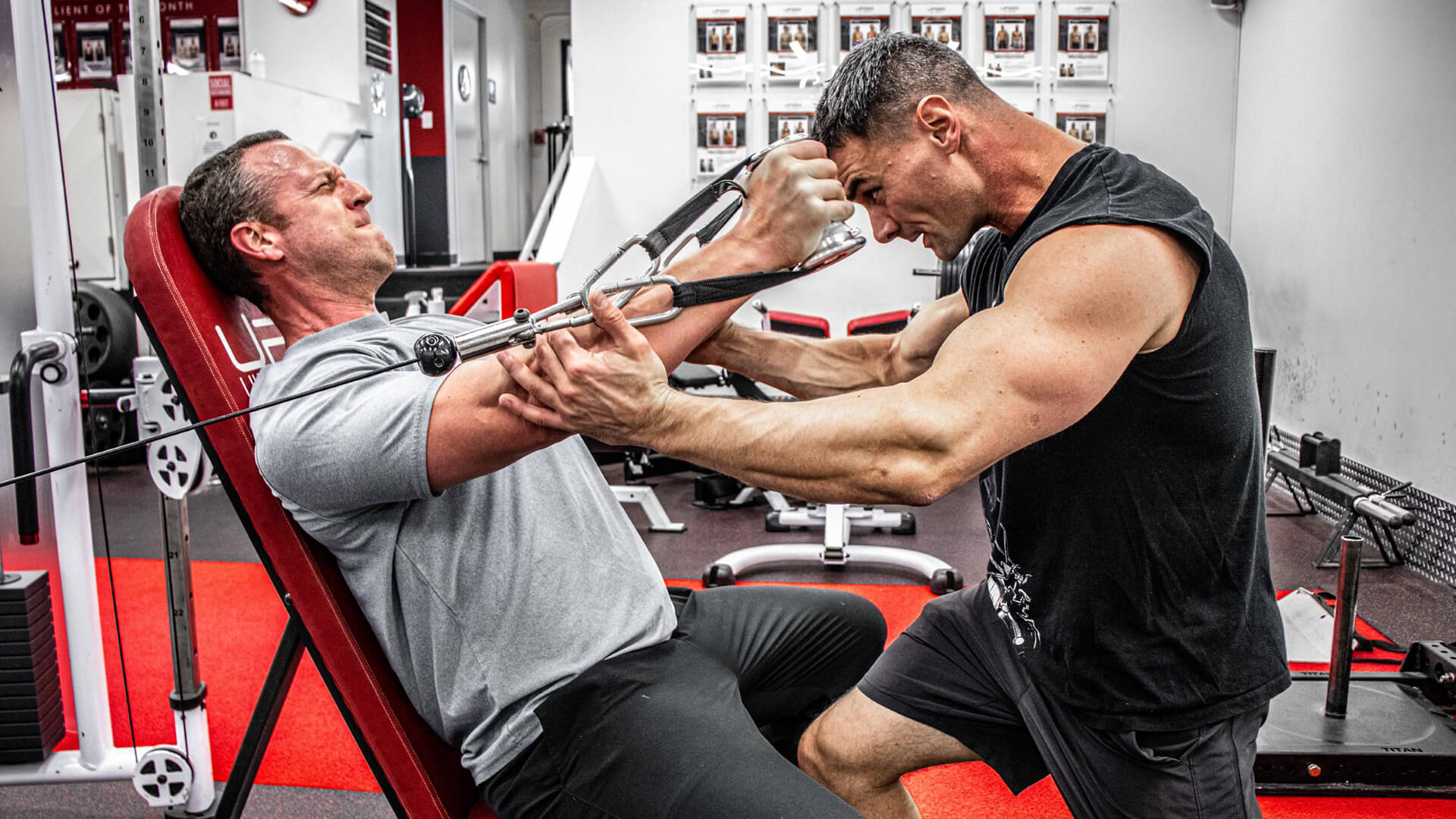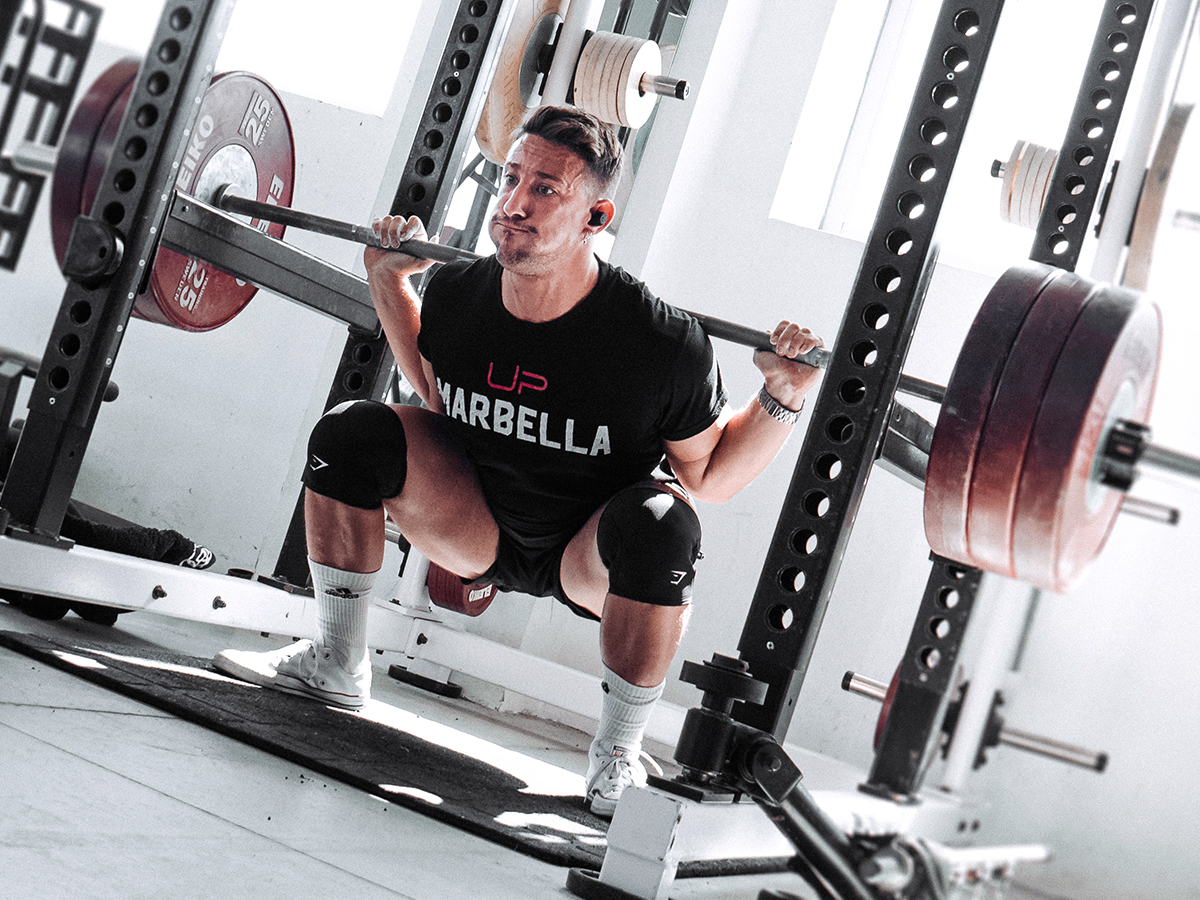The Anabolic Window – Fact Or Fiction?

Do you rush down a shake of protein immediately after your exercise? Or give yourself indigestion squeezing in a meal before your next work meeting?
You’re not the only one. Many people believe that the ‘anabolic period’ after a workout is what will determine your gym gains.
As usual, you don’t have to follow a one-size fits all approach if you want great results.
The second edition of the Male Fitness Myths Series explores the science behind the “anabolic window” and how to use nutrition timing to maximize the results from your workouts.
What is anabolic window?
In the last 20 years, along with the development of sports science and the interest it has generated, academics have increasingly focused on the timing of nutrients, resulting in numerous research studies, reviews, and other publications.
The term “anabolic window” refers to timing certain nutrients, most commonly protein and carbohydrates, around an exercise session or training session. This approach aims to maximize exercise-induced adaptions and improve recovery of damaged tissues[1]. Specific nutrient timing strategies have been shown to provide positive results in improving body composition. In some cases, they may be even more important than total calorie intake.
This ‘anabolic opportunity window’ is defined as a period of time post-training that allows for the optimal adaptations to training[4]. This claim has some scientific backing. For example, we know that intensive resistance training depletes the stored fuel, which is muscle glycogen and ammonia. This can also damage muscle fibres. It makes sense, then, that consuming certain nutrients during the post-workout period can help repair damaged tissue, replenish energy reserves and improve body composition. Despite this, there are a number of factors that can make it difficult to determine the best timing for consuming nutrients around the “anabolic window”.
Science behind Post-Workout Nutrient Timing
1. Glycogen Replenishment
Glycogen replenishment is one of the scientific bases for the importance of timing post-exercise nutrition. When we consume carbohydrates, our body converts them into glycogen. This form of glucose is stored in the muscle tissue. This process is known as glycolysis and provides 80% of ATP when performing high intensity exercise such as resistance training[5]. According to the same principle, bodybuilding workouts that involve multiple sets and exercises for the same muscle should theoretically deplete most of the local glycogen stores[6].
The research, however, shows that the real-world effects are only applicable in a limited range of situations. In endurance sports such as triathlons or high-level athletes, where the time between workouts is less eight hours, increasing the rate of glycogen syntheses may be beneficial[7]. Imagine you had a training schedule that required multiple training sessions per day. For example, you would train the same muscle group in the morning and the evening. It may be beneficial in this case to maximise the post-workout period[8].
When we examine the types of exercises that gym-goers perform, including between six and nine sets per muscle, glycogen levels are only moderately depleted by 36-39%[9],[10]. While glycogen replenishment is important for bodybuilders who are competing, if you’re just trying to feel and look better, then it is probably not worth the effort.
2. Muscle Protein Synthesis
The sports science community has continued to study whether timing of post-workout nutrition intake improves muscle protein breakdown. This supposed benefit comes from the consumption of carbohydrates post-workout to increase insulin levels, rather than increasing amino acids through eating protein (for example)[11],[12]. This allows insulin to quickly transport amino acids and proteins into target tissues.
This hypothesis does not take into account that it can take several hours for food to reach your bloodstream after it has been eaten, digested and broken down. Insulin spikes only after the food has been absorbed and broken down to reach various tissues in the body. It’s unlikely that the foods that you eat before or after a workout directly affect insulin levels during that period[13],[14]. The post-exercise breakdown of muscle protein also plays only a minor role in the protein balance and growth of muscles[15]. It’s therefore likely that your diet several hours before and after your workout has the greatest impact on muscle growth.

3. Muscle Hypertrophy
Many studies have attempted to determine if timing of nutrients post-workout has an effect on muscle hypertrophy. Although several analyses found that post-workout protein consumption had a slight advantage, it is not always clear whether the timing of this intake or an increase in protein intake was responsible for these results[16],[17].
Overestimating the importance post-exercise nutritional intake has a problem because it assumes that all training occurs while fasted[18]. Fasting causes a greater breakdown of muscle proteins, which results in a negative balance in amino acids. Amino acids are the building blocks that help to build muscle and aid in recovery. If you exercise first thing in morning, before eating, then it is a good idea to eat your first meal after the workout, which should contain some carbs and protein. This could lead to increased gains over time[20].
There are many people who do not like to train while fasting. Imagine you eat between one and two hours prior to training. It’s possible that depending on the size of your meal, this will count as a pre-and post-meal due to the time needed to digest and absorb the food[21]. Further research shows that even a small amount of essential amino acids consumed before training is enough to sustain you through the entire period. It is clear that nothing consumed after a workout will help prevent catabolism. If you exercise 4-6 hours following your last meal and this period is extended, then post-exercise consumption of carbohydrate and protein could be beneficial for muscle growth[23].
In all three cases, the training age is a factor that should be considered. It reflects a person’s past training and their potential to improve. When people first begin training, they are so naive that almost anything will result in gains. Over time, however, the scope of this training decreases. As a result, timing and quality of protein may become more critical for advanced trainees[24].
Maximising your window of opportunity
What are the best recommendations for post-workout nutrition, keeping these three factors in mind?
1. Most people would benefit from a post-workout protein shake.
After-workout shakes provide the amino acids needed to prevent muscle breakdown or catabolism. If you have eaten before your workout, you may not need one. However, if it is the morning after a fast or several hours since you last ate, you will likely benefit from an immediate post-workout protein shake. Remember that it is your total daily intake of protein, not the timing, which will lead to hypertrophy.
2. After a workout, insulin sensitivity is highest.
Research shows that muscle contractions, and specifically exercise, activate the transport and absorption of glucose. This process triggers an increased insulin sensitivity[26]. If you want to improve your body composition, then this is the time when you will get the most out of carbohydrates. If you train often with about 4-5 hours between your last meal and the time you drink a shake, you may gain an edge.
3. If you do not have the time to eat a meal, a post-workout shake may be advisable.
It’s best to eat a meal with a high nutrient density, preferably from wholesome sources of food within one or two training hours. The reality is, not everyone has the time to do this. If you are often pressed for time after a workout, a good protein shake can help maximize your results.
4. If you work out multiple times a day, a post-workout snack can improve your performance.
The post-workout period becomes even more crucial if you exercise several times per day. Say you do weight training in the morning but play sports at night. You can improve your performance on these days by eating a meal with carbs and proteins after each workout[27].
Close the windows
It’s not as crucial as many people think. In terms of muscle protein synthesis, hypertrophy and glycogen depletion most post-workout benefits seem to be derived from the last meal you ate before training. The total daily protein intake is more important than the timing of meals. Find a post-workout nutrition strategy that suits your lifestyle.
Need some protein shake inspiration? Here are four ways to spice up your protein shake.
The Key Takeaways
- Anabolic Window refers to the timing of specific nutrients, most commonly protein and carbohydrates, around an exercise session or training session.
- Glycogen, the predominant substrate during high intensity exercise is often an issue only for those who train twice daily or in endurance sports.
- Insulin is involved in the transport of nutrients to cells, but because it takes time to digest and absorb food, what you eat right after your workout may not make a big difference.
- If you are training after a fast or several hours, there may be an advantage to feeding post-workout.
- It’s not the post-workout meal or shake that will hurt your gains. It’s what you eat overall.


